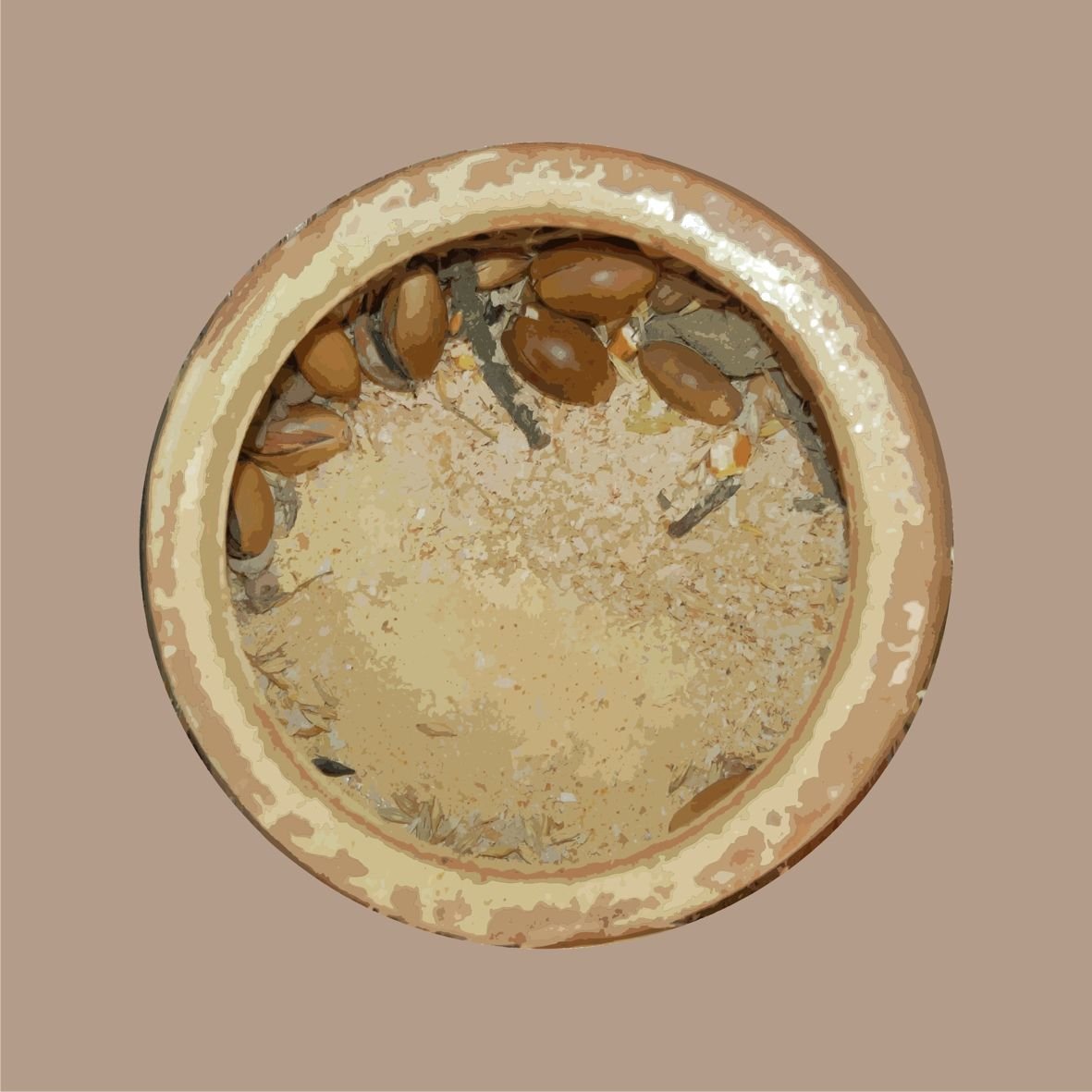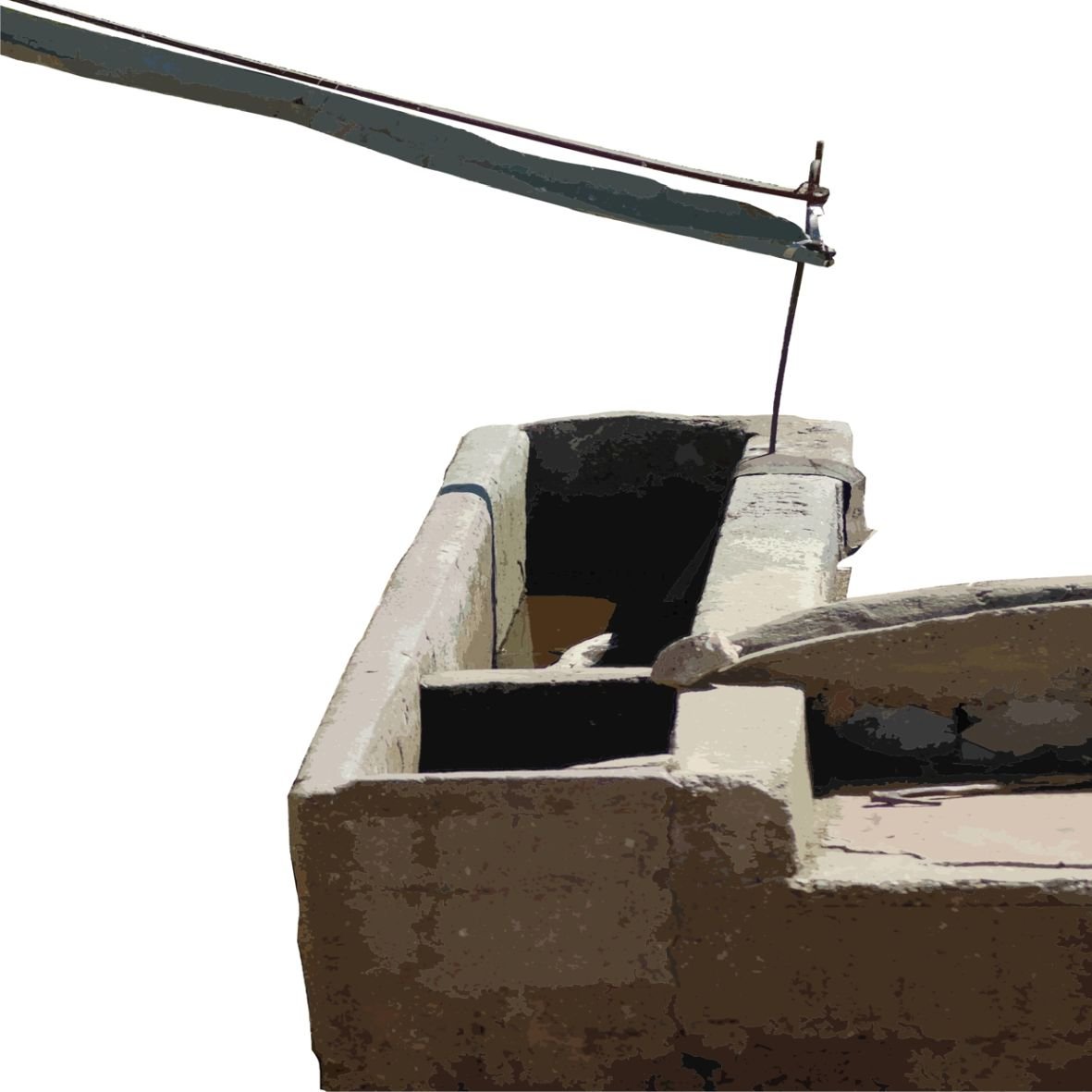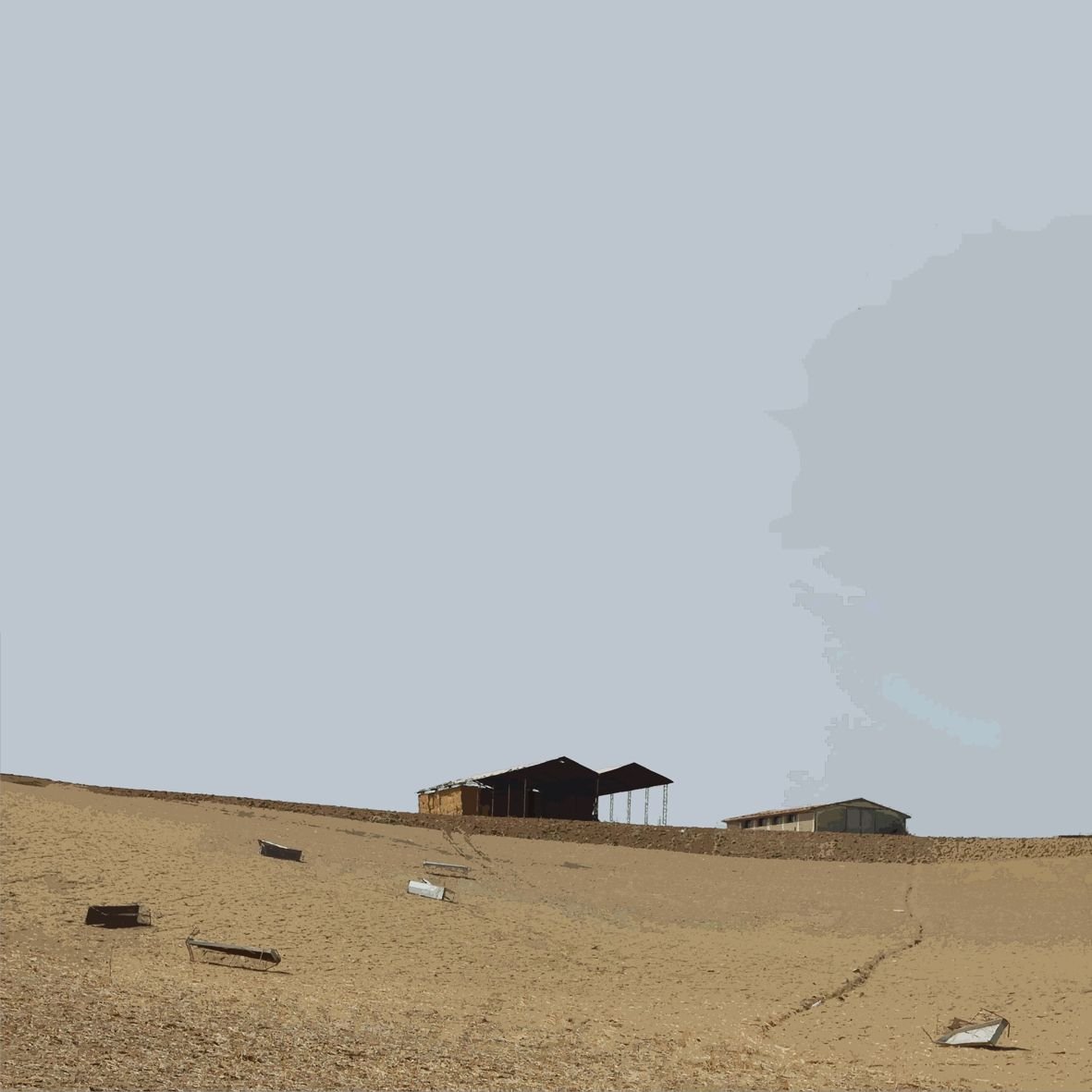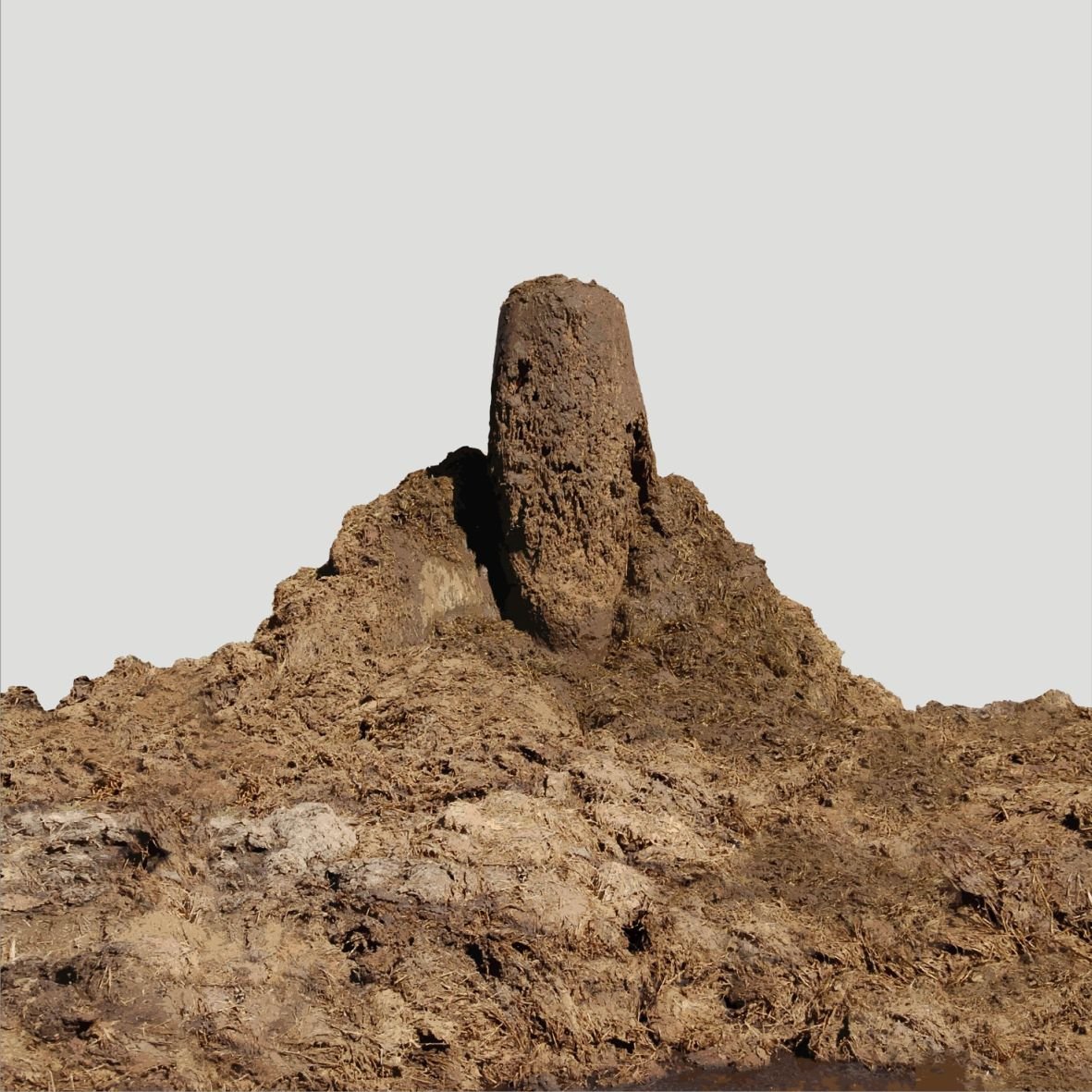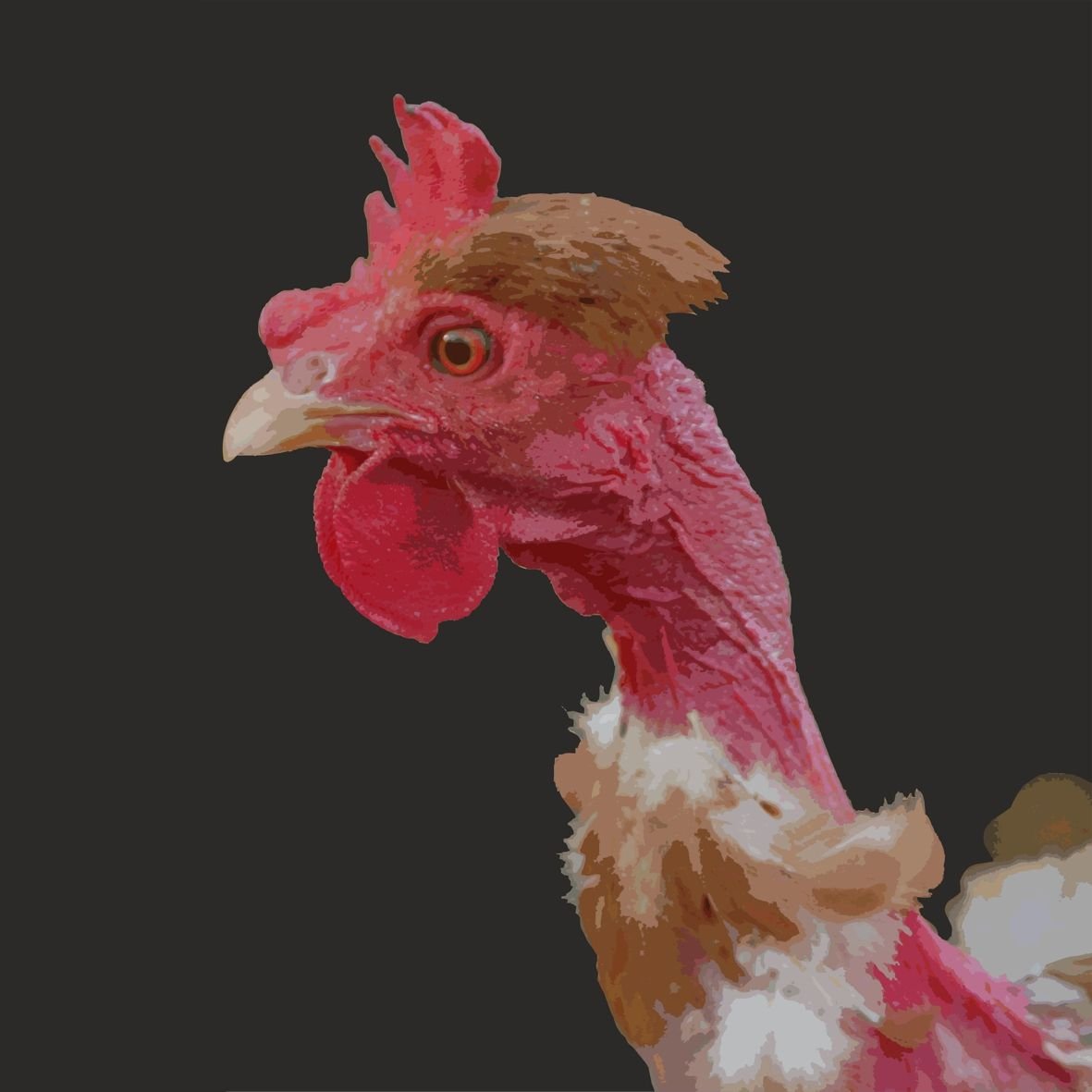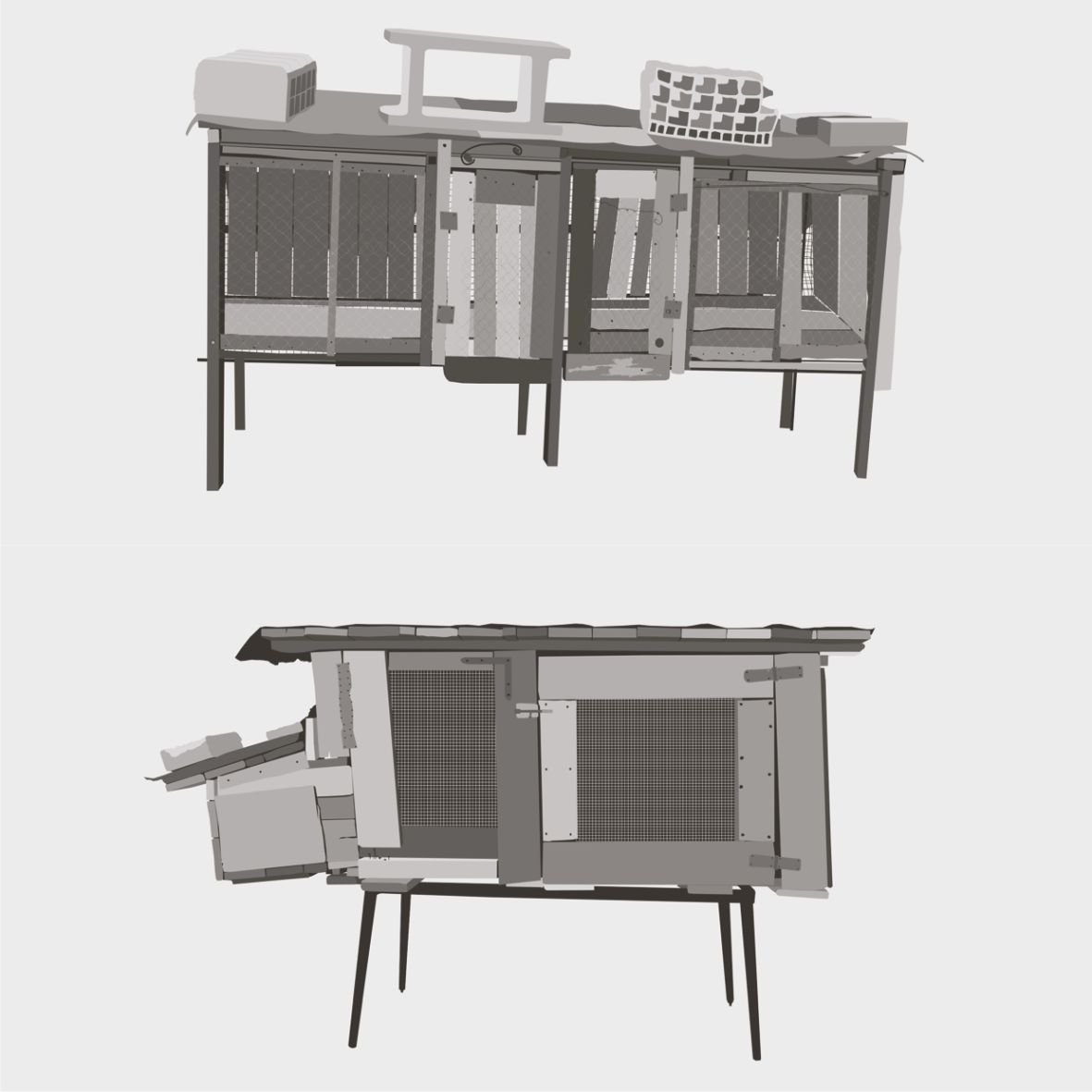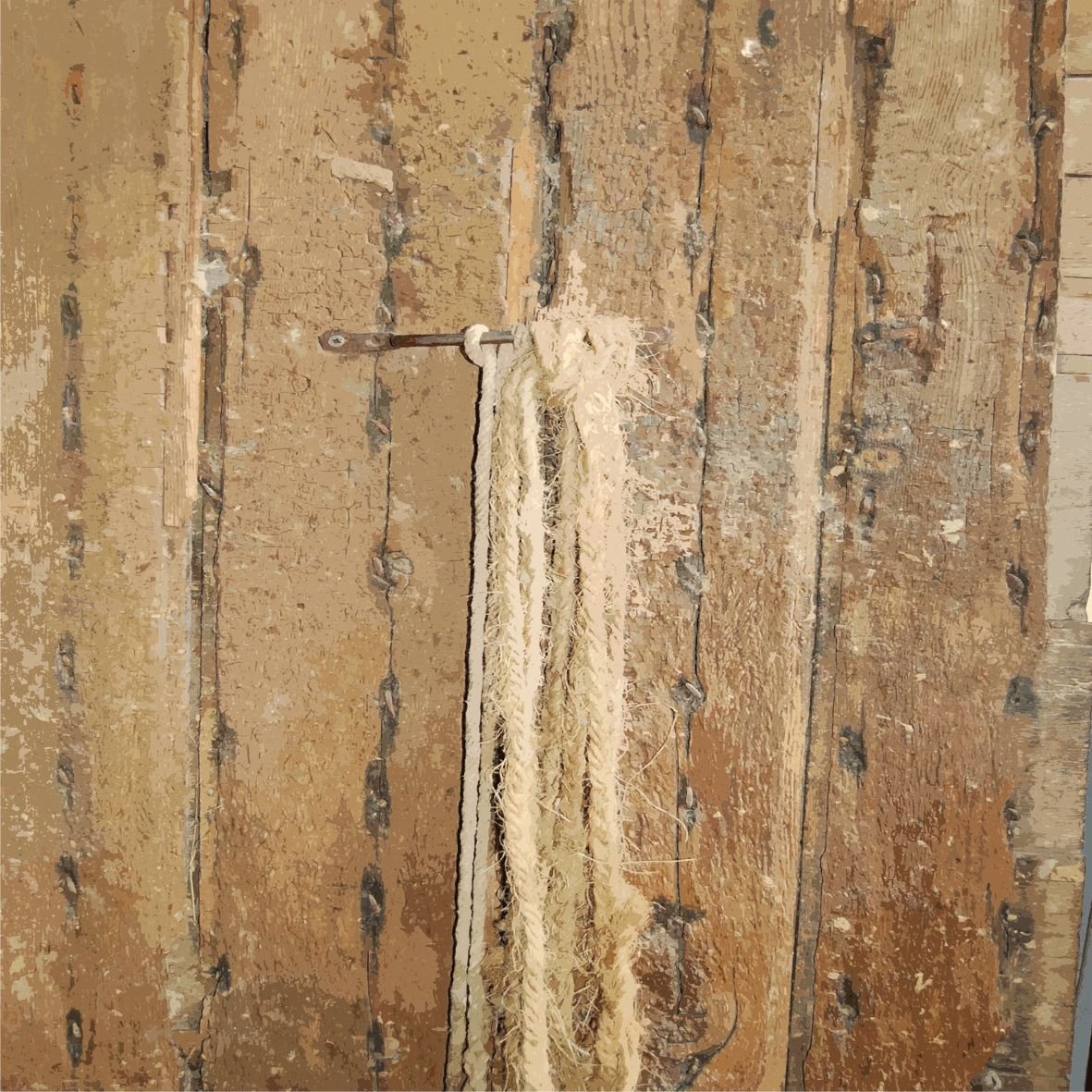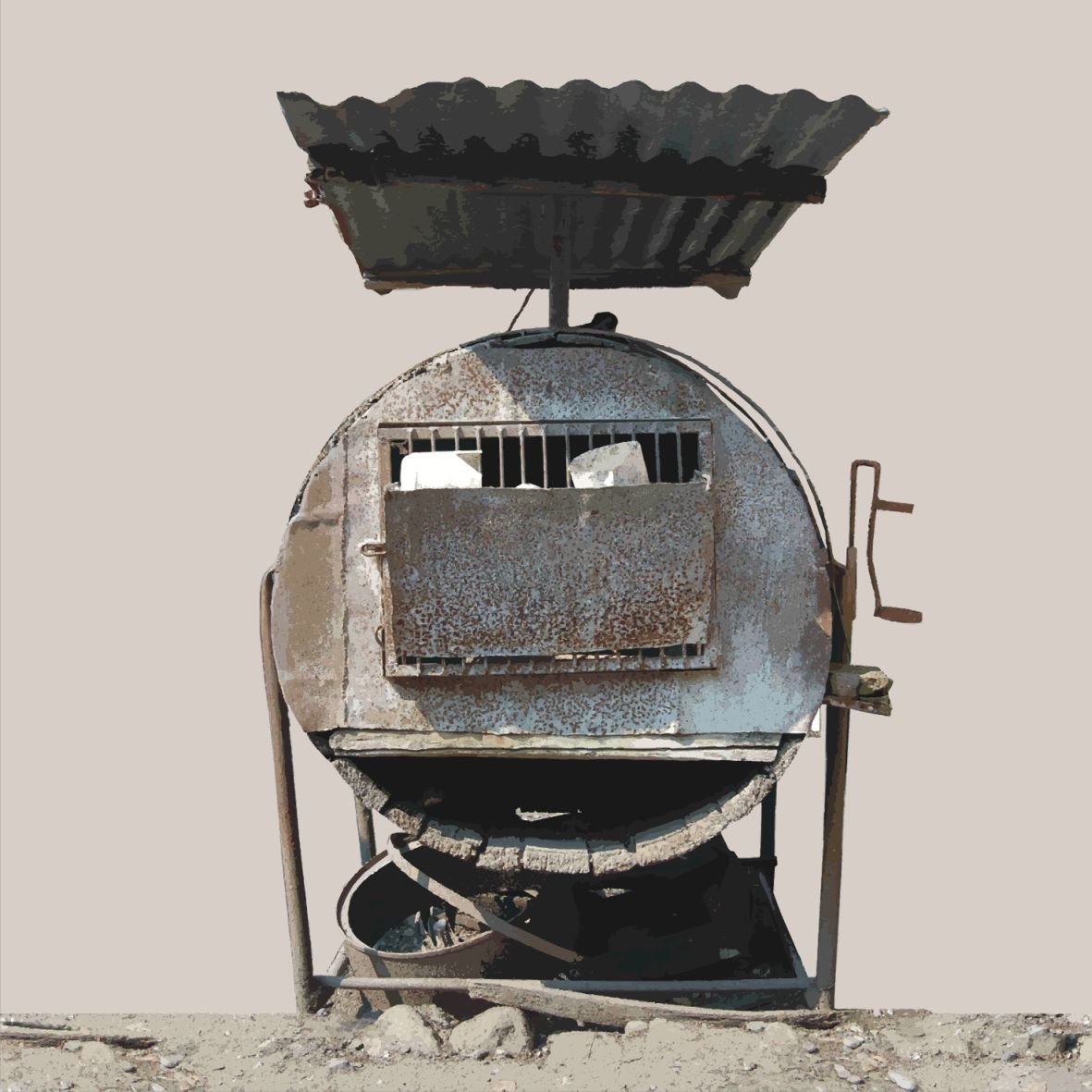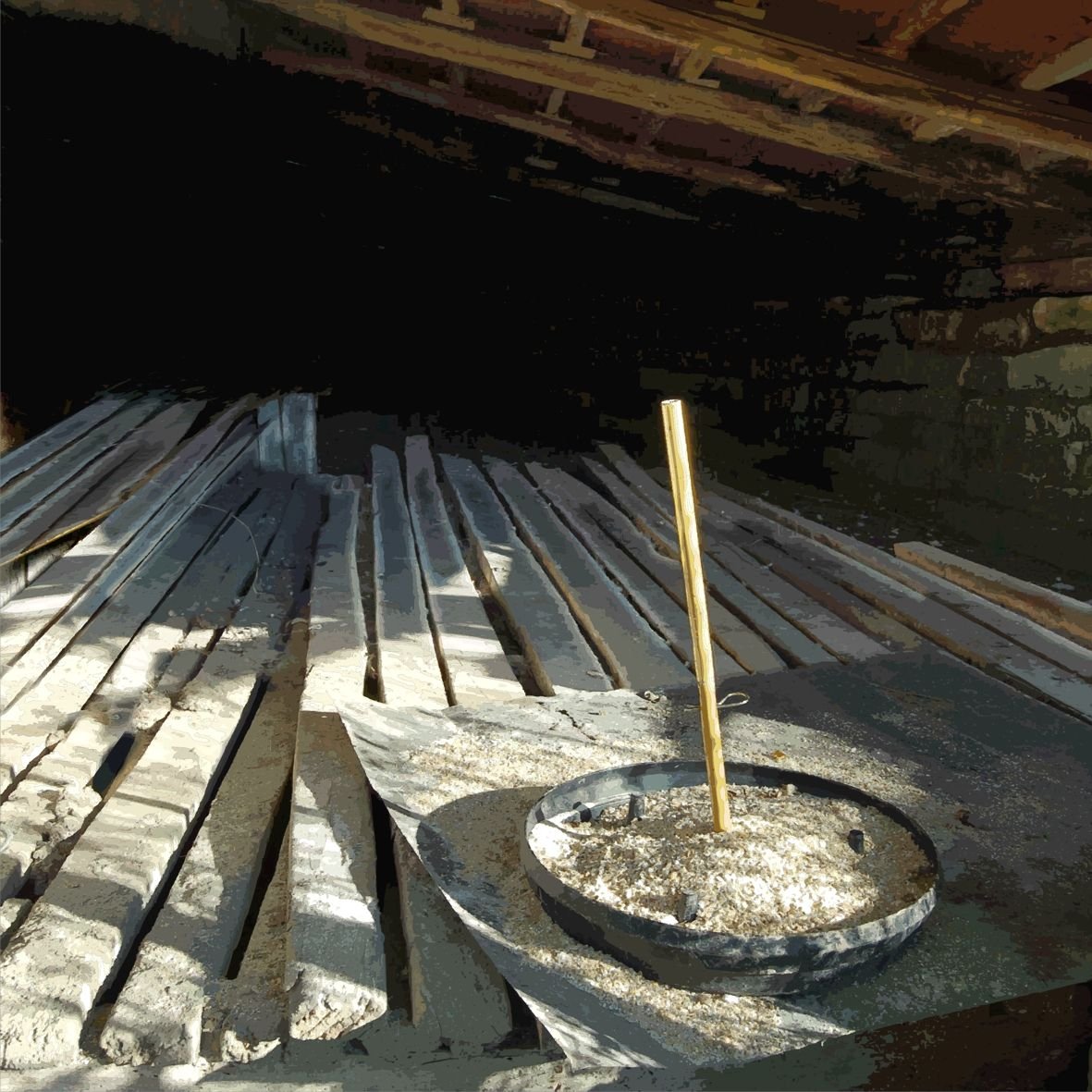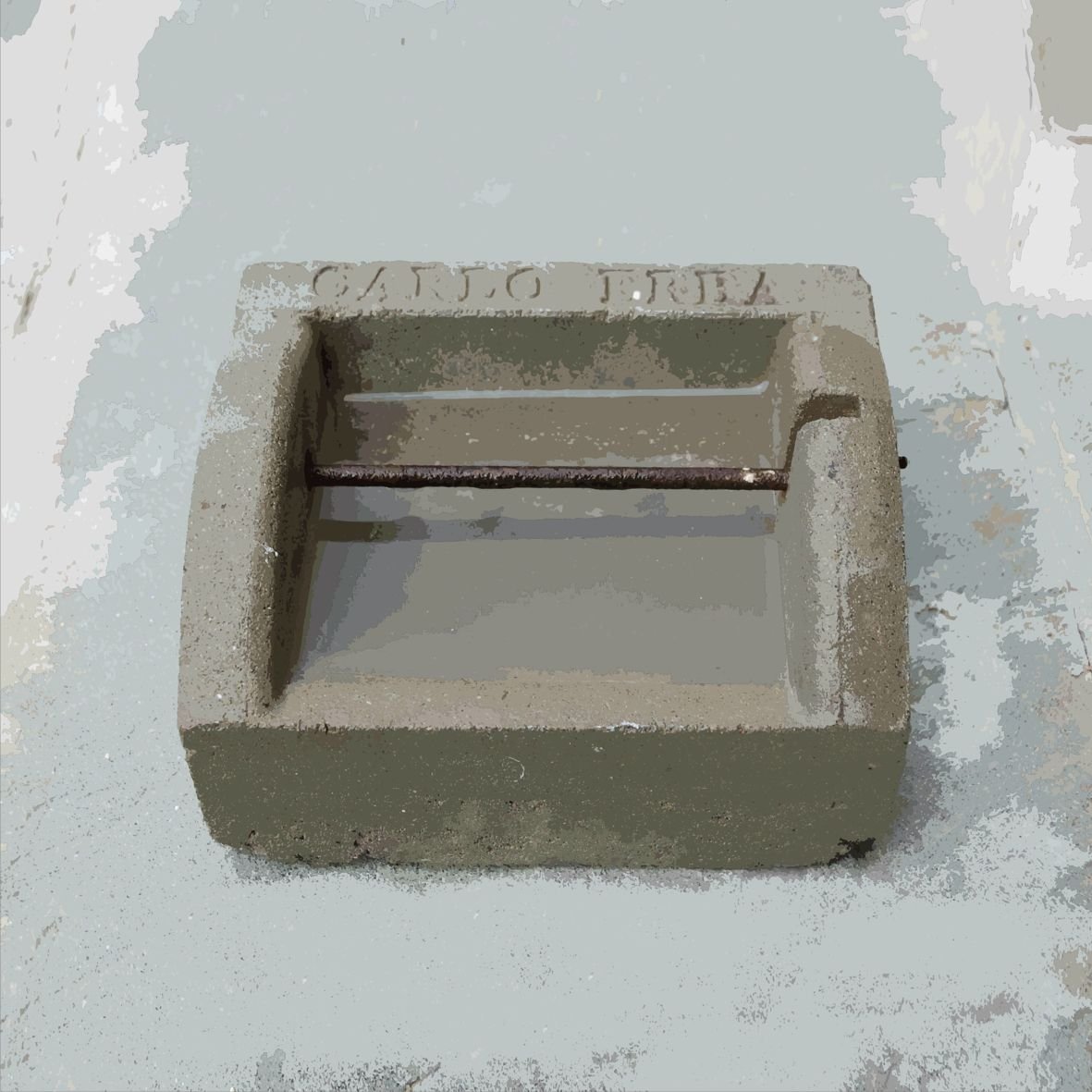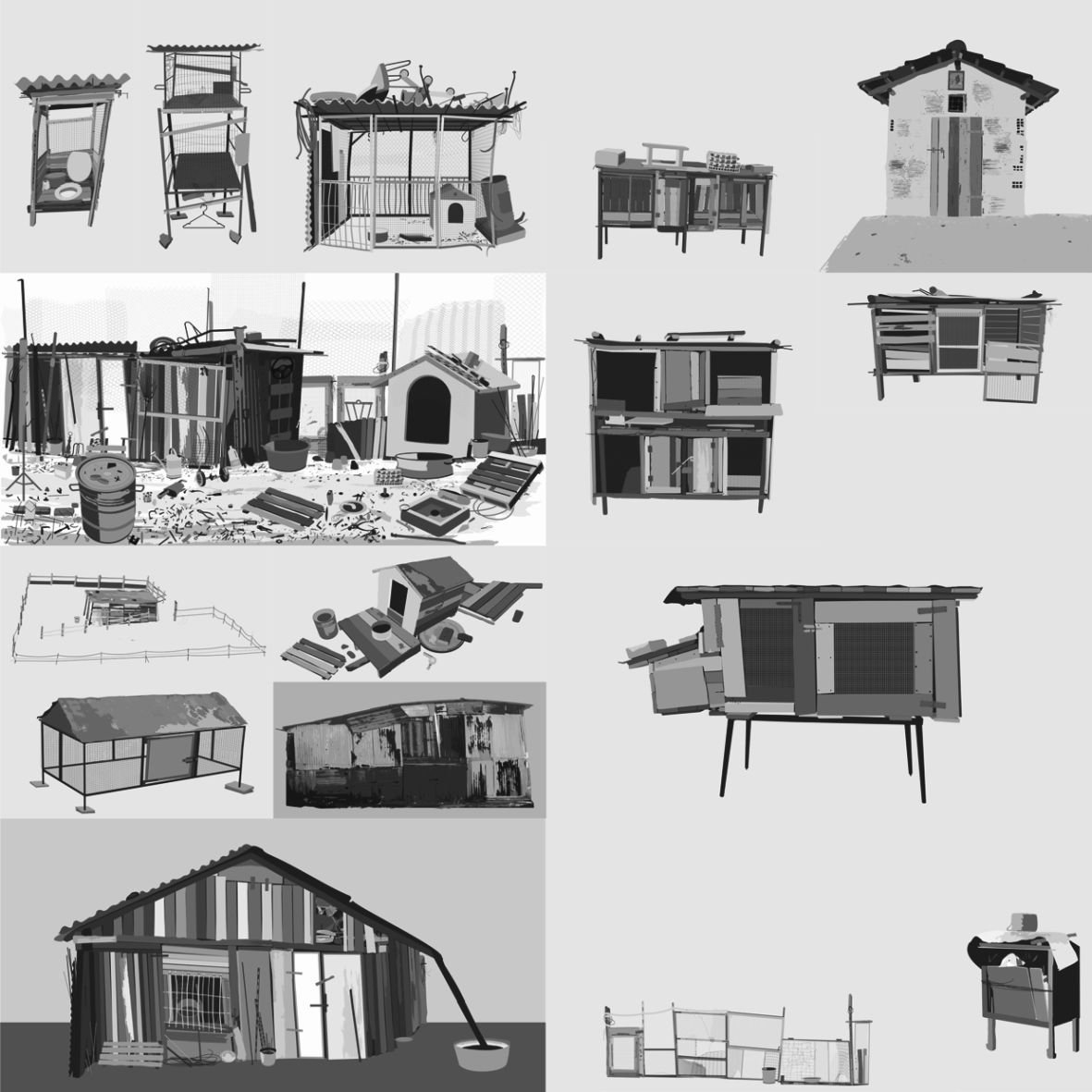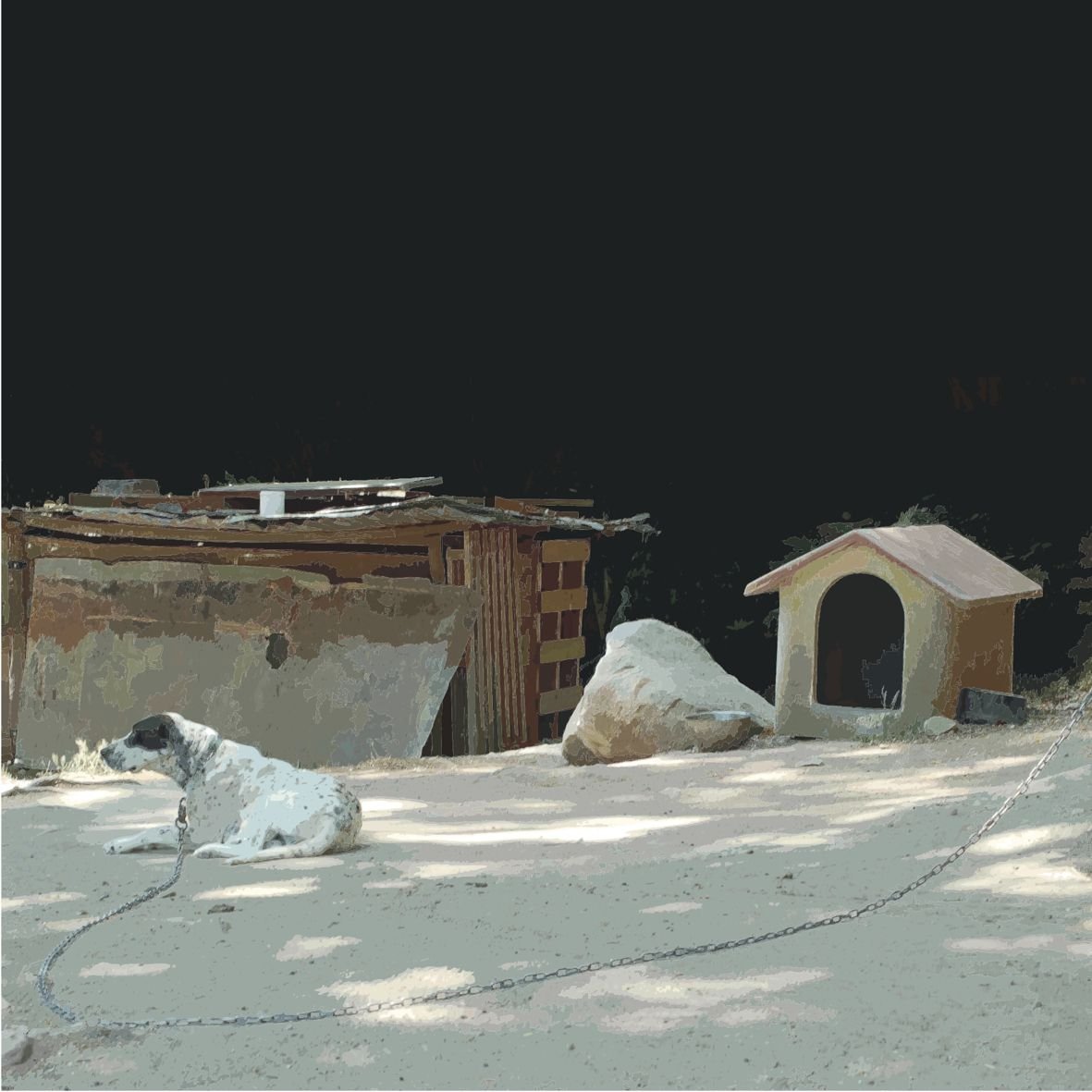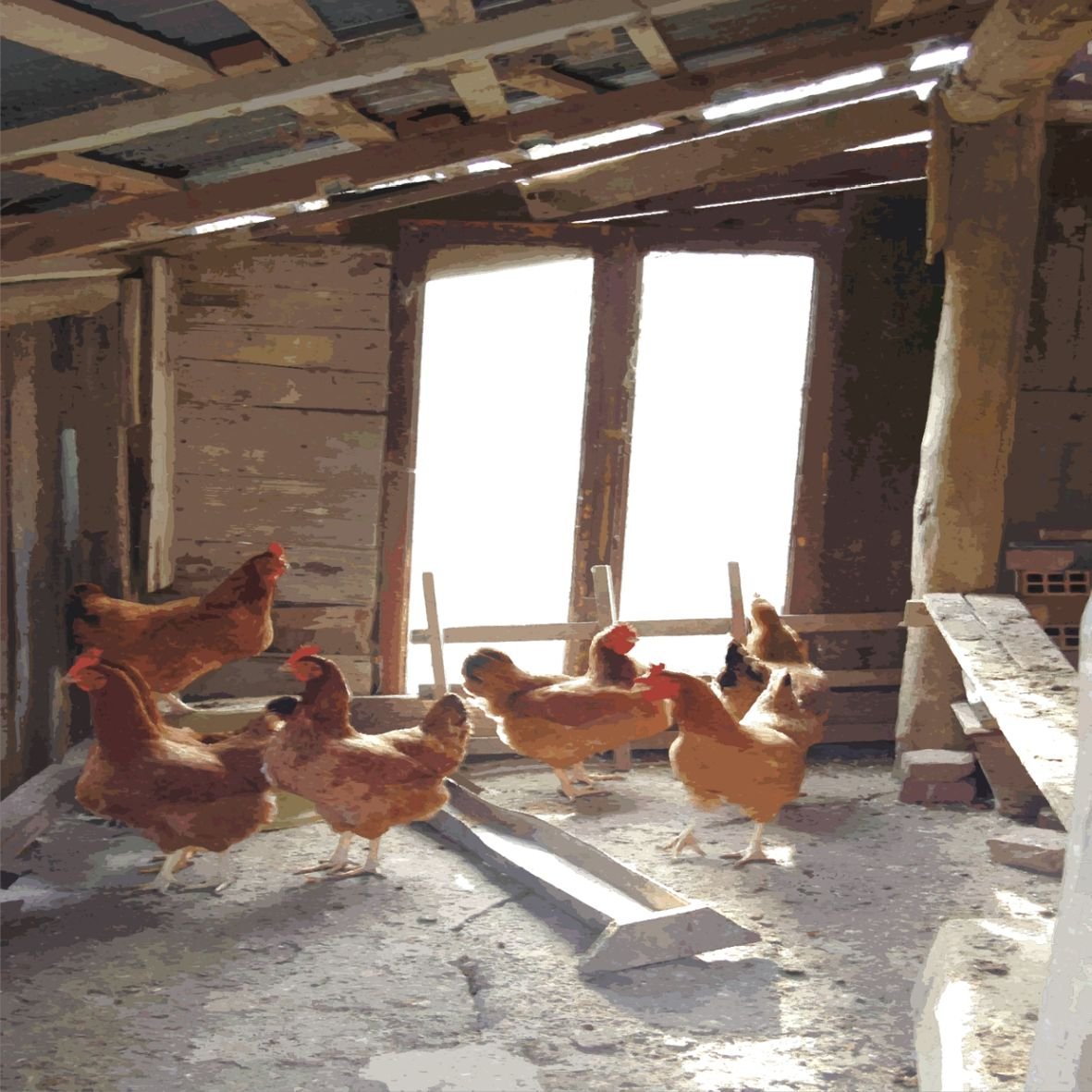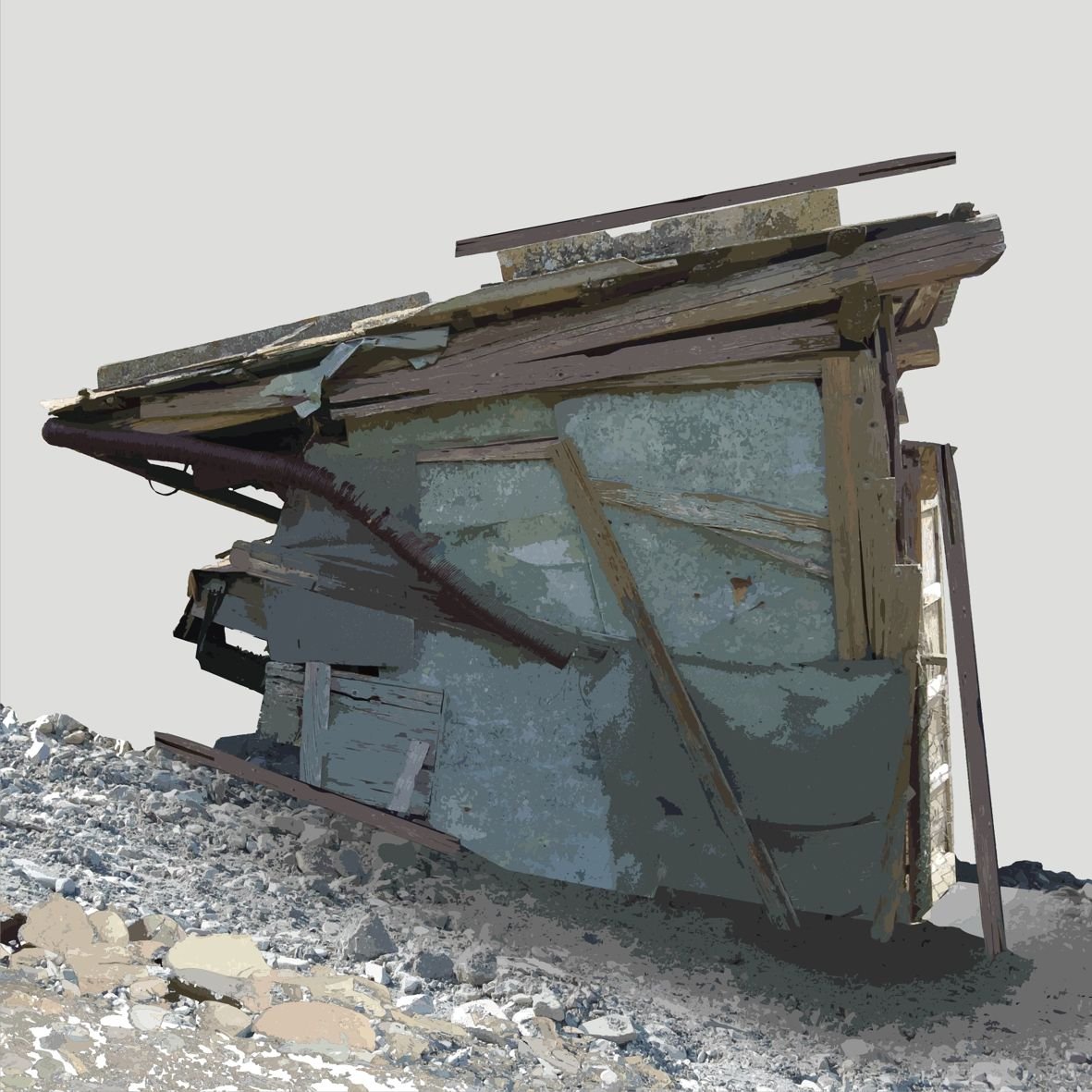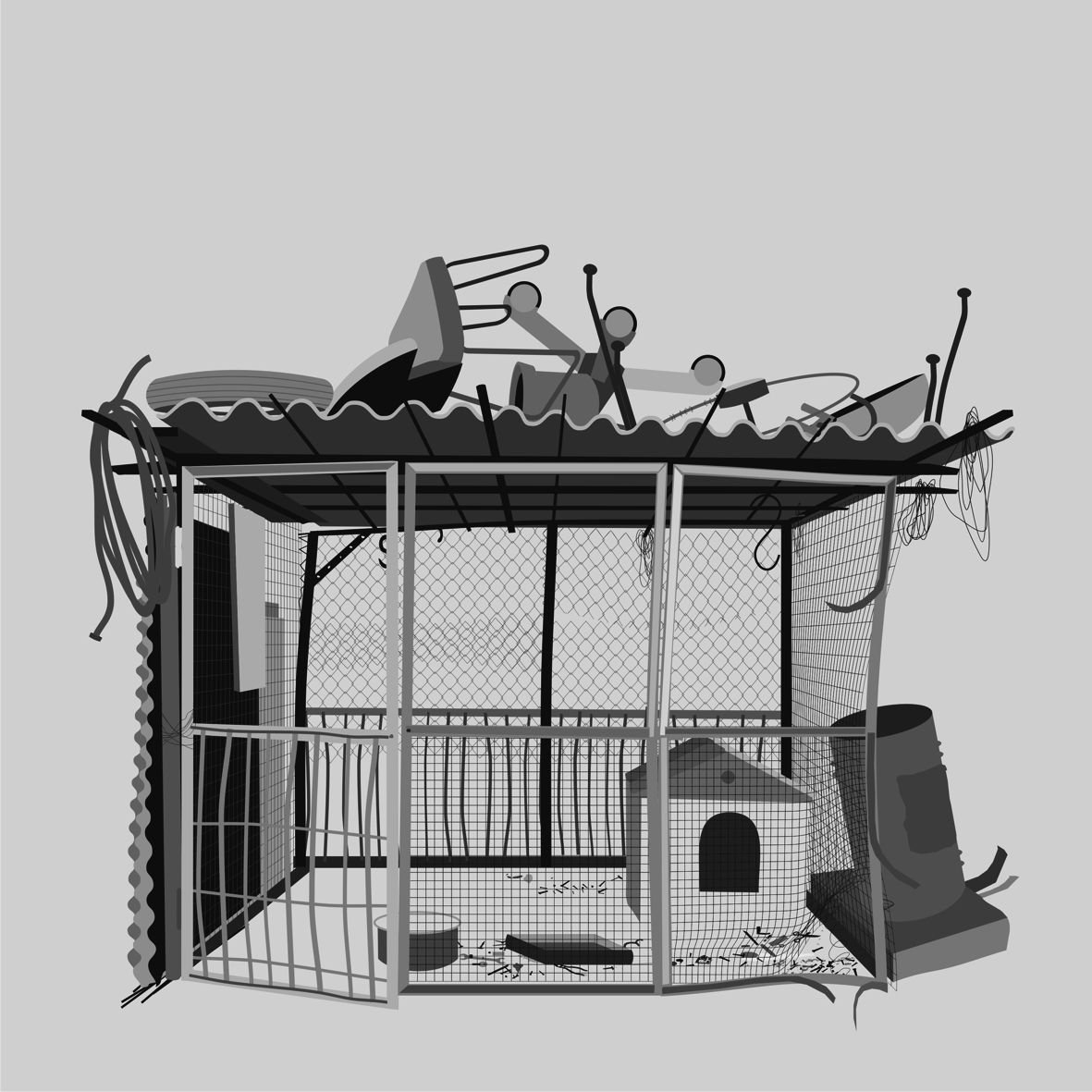Beastly Dwellings
Dimore Bestiali is the result of the artist’s wanderings in extra-urban environments where domestic animals are still raised in ways that show care, creativity and compensation. Their “homes” are in fact mainly made with recycled materials so that numerous objects, decontextualized and appropriately modified, are readmitted to a use function, giving rise to the most ingenious and imaginative architectural constructions. This is a very suggestive theme for a photographer, although Giuliano Ravazzini firmly asserts that he is not a photographer.
“It is no coincidence then that he abstained from any form of calligraphic refinement and control of beautiful writing: he is interested in the automatism of photography, the rapid availability of images taken from what is seen around, it is no coincidence that the digital camera is for him a perfect instrument in its clear separation of image and referent. (moreover, the operational process begins with photographic documentation and ends with graphic reworking). […]
Dimore Bestiali Bran
Dimore Bestiali Gutter
Dimore Bestiali Landscape
Dimore Bestiali Muckraker
Dimore bestiali Plucked
Dimore Bestiali Rilievi
Dimore Bestiali Strings
Dimore Bestiali Cage
Dimore Bestiali Half Drum
Dimore Bestiali Manger
Dimore Bestiali Onagro
Dimore Bestiali Salt Shaker
Dimore Bestiali Rilievi 2
Dimore Bestiali Votive Landscape
Dimore Bestiali Chain
Dimore Bestiali Henhouse
Dimore Bestiali Muck
Dimore Bestiali Pigs
Dimore Bestiali Shack
Dimore Bestiali Rilievi 3
It is possible to give even more complex and interesting readings of this work around the shapes of tools, of objects that are almost always recycled: Ravazzini seems to start from the desire to identify essential icons, and to reveal the essence (of the portrait, of the shelter, of the container) he searches in marginal spaces, as if the continuous reuse of models and objects, instead of wearing them out and attenuating them, made their surprise more distinct, cleaned of the patina of the new and the usual, and made the mythical, sometimes totemic reference available. […] The way in which disparate objects, almost exploded in the design of chance, reduced to monochrome, reassembled in scenes that are only apparently realistic, brings to mind the evocative compositions of Emilio Tadini, or the exquisitely surrealist game of Rebus: permeability between image and word, surprise of the encounter between invention (discovery) and reality. (Paolo Barbaro)

